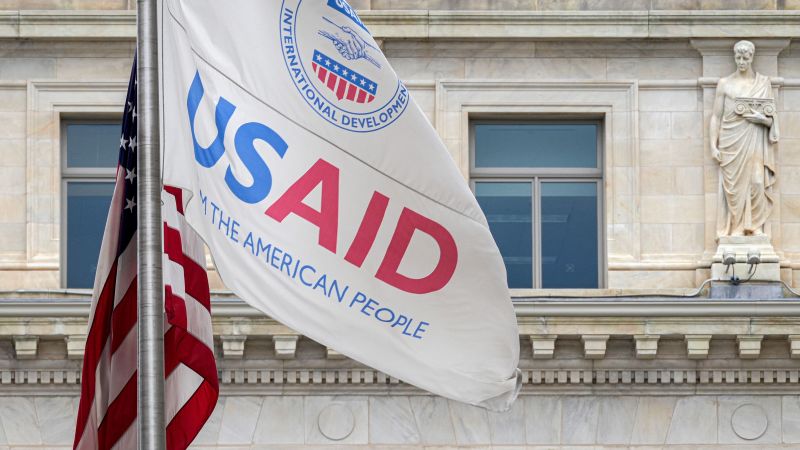Breaking: USAID Slashes Workforce, Sends Majority of Staff Home in Dramatic Restructuring Move

In a dramatic shake-up at the US Agency for International Development (USAID), approximately 2,000 employees are set to face job cuts this Sunday. The agency has delivered a stark message to its workforce, revealing that not only will a significant number of workers be laid off, but the majority of remaining full-time staff will also be placed on extensive administrative leave.
The announcement, which came through an internal email, sends shockwaves through the organization and raises questions about the agency's future operations. Employees were informed of the sweeping personnel changes overnight, leaving many uncertain about their professional futures and the potential impact on the agency's critical international development missions.
This sudden and widespread workforce reduction represents a significant disruption for USAID, an organization known for its crucial role in providing humanitarian aid and supporting development efforts around the globe. The scale of the layoffs suggests a major restructuring that could potentially alter the agency's operational capacity and strategic approach to international assistance.

